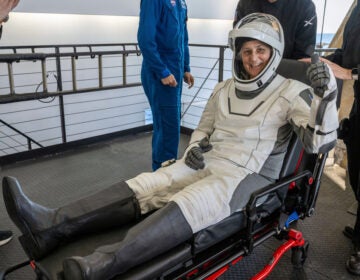A Planet Hunting Telescope Still Adding Information Since 2009
ListenNow that the Kepler telescope has completed its primary mission, it goes on extended mission. Since 2009 Kepler has identified 2300 possible planets and confirmed 100 by measuring brightness fluctuations in 150,000 stars. From now on until 2016 it will continue its original mission and will try to ID earth like planets. So far it has discovered multiple planets transiting one star, first confirmed rocky planet, first double-star with planets(double-sunset), first planet in a star’s habitable zone – 2.4x the mass of earth. Getting closer to finding one like earth.
Also, using the eight meter (26ft) Subaru telescope at at the Mauna Kea Observatory in Hawaii astronomers have been able to subtract light from an image to reveal a planet 13x Jupiter’s size, star that is 2.5x our sun. Amazing that the photo is a direct image from earth. It revealed that planets like this could be formed in the same way as lower mass planets are formed.
At this time of year the best time to see constellations to the East and the West is early in the morning at around 6:00 AM. And in case you are in the Thanksgiving spirit Aquila is the constellations whose shape could remind you the most of a big bird – not Zeus’s eagle, but a turkey.
Happy holidays –
Photo credit: Lynette Cook / extrasolar.spaceart.org
WHYY is your source for fact-based, in-depth journalism and information. As a nonprofit organization, we rely on financial support from readers like you. Please give today.




